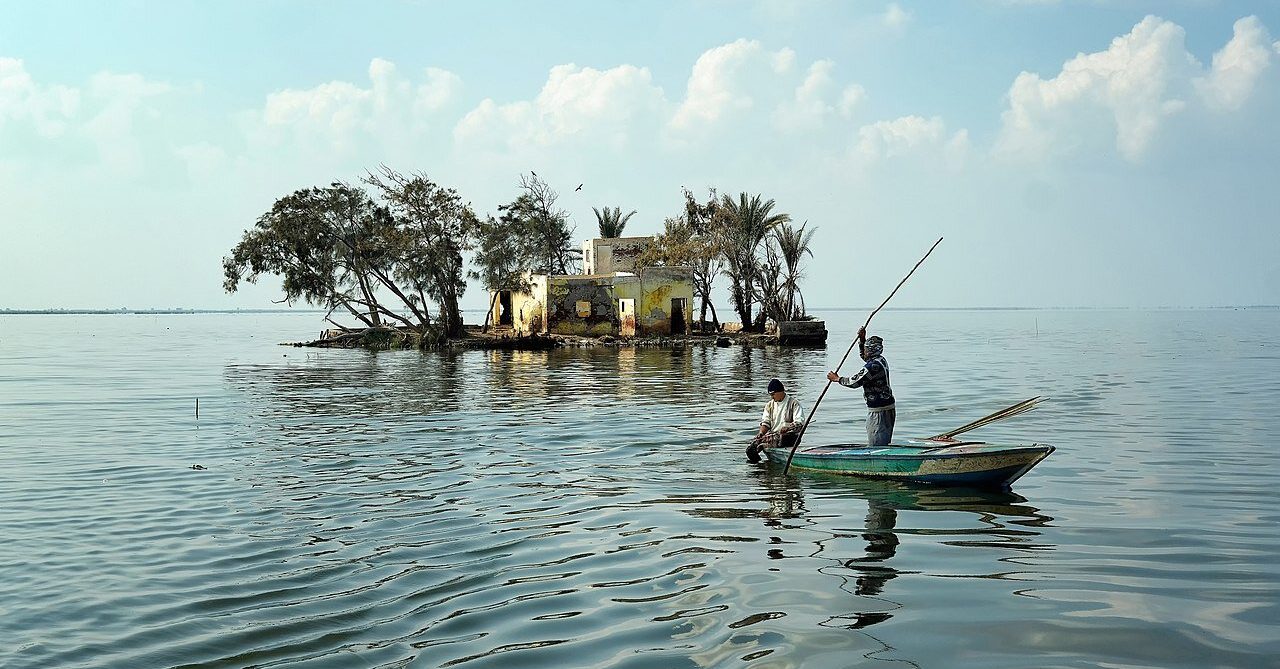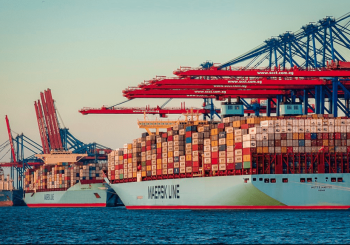A study published in Scientific Reports in April 2025 has revealed alarming levels of microplastic pollution in Burullus Lake, the second-largest lake in Egypt, in Kafr el-Sheikh Governorate, and one of its most ecologically and economically vital bodies of water.
The research, led by Egyptian scientists at the National Institute of Oceanography and Fisheries (NIOF) of Cairo, indicates that microplastic particles, which are minute fragments often undetectable without specialized equipment, are pervasive throughout the lake, raising significant concerns for both public health and the surrounding ecosystem.
Burullus Lake, a coastal wetland and protected reserve situated along the central Mediterranean shore of Egypt’s Nile Delta, holds international recognition as a Ramsar wetland of global significance.
The lake contributes nearly 60 percent of Egypt’s fish production, sustaining commercially valuable species such as sea bream, seabass, and mullet. In addition to its economic role, Burullus Lake supports more than 135 plant species and functions as a vital stopover for migratory birds traversing the region.
Water samples taken near wastewater discharge channels revealed especially high concentrations of microplastics, averaging 835 particles per cubic meter—five times greater than levels recorded in the open waters of the lake.
The study reports that microplastics exert wide-ranging impacts on living organisms, disrupting gene expression, triggering cell death, and hindering growth, reproduction, and feeding behavior, with these effects reverberating through entire ecosystems and potentially threatening food security.
Researchers found that microplastic pollution in Burullus Lake consists of eight plastic polymers, primarily from single-use items like bags, packaging, fishing gear, textiles, and other everyday products. The variety and sources highlight widespread plastic waste mismanagement across industries.
The study connects pollution in Burullus Lake to broader waste management challenges in Egypt’s Nile Delta, where urban congestion and waste overload, fueled by dense populations around the lake, complicate waste collection and transport due to limited space and long distances to disposal sites.
In addition to these logistical hurdles, agricultural runoff, urban waste discharge, and pollution from nearby industrial zones are identified as the primary sources of microplastics in the lake. Notably, the southern region, home to concentrated fish farming, showed the highest contamination levels, a result of the significant influx of wastewater from both agricultural and industrial sources.
The findings highlight the extensive impact of improper plastic waste disposal and stress the urgent need for comprehensive action to address pollution at its source. Researchers also identified secondary microplastics—particularly fibers and fragments—commonly found in coastal lakes worldwide, entering aquatic systems through wastewater discharge, atmospheric deposition, maritime shipping, fishing, and household waste.
The study raises serious concerns about microplastics in drinking water sources, highlighting the urgent need for better removal methods and understanding their long-term health effects. As plastic pollution worsens, Burullus Lake serves as a stark reminder of the need for sustainable waste management and stronger environmental safeguards.
Without immediate action to curb plastic waste, both the environmental and economic damage could soon become irreversible, making swift, decisive measures more critical than ever.







Comments (0)